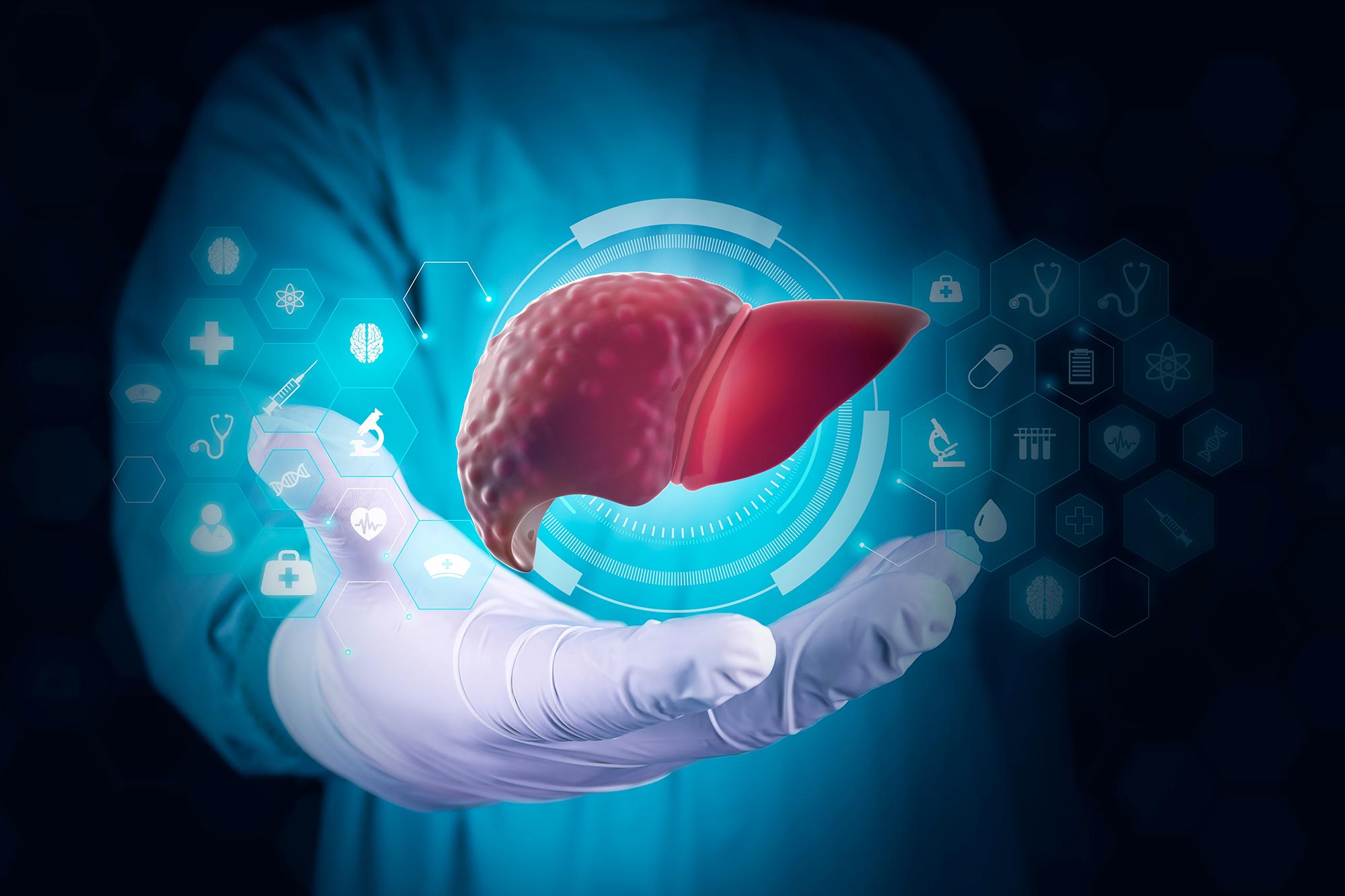New Study Identifies 3 Deadliest Risk Factors of the World’s Most Common Liver Disease

Patients with chronic liver disease (MASLD) who also have high blood pressure, prediabetes or diabetes, or low HDL cholesterol face the greatest risk.
More than one in three people worldwide live with metabolic dysfunction-associated steatotic liver disease (MASLD), making it the most common chronic liver condition across the globe.
This disease develops when excess fat accumulates in the liver and is linked to one or more of five health issues: obesity, Type 2 diabetes, high blood pressure, high blood sugar, and low HDL cholesterol, often referred to as the “good” cholesterol. Collectively, these issues are known as cardiometabolic risk factors because they influence both heart health and metabolism.
Left unchecked, MASLD can progress to severe complications, including advanced disease of the liver, heart and kidneys. However, researchers have only recently begun to investigate whether certain cardiometabolic risk factors increase the likelihood of death more than others in people with this condition.
The deadliest cardiometabolic risk factors
Now, a new study from Keck Medicine of USC published in Clinical Gastroenterology and Hepatology reveals that three of the cardiometabolic risk factors carry the greatest risk of death for those with MASLD: high blood pressure, pre-diabetes or Type 2 diabetes, and low HDL, which raise the risk of death by 40%, 25% and 15%, respectively.
These results were independent of how many or which combination of cardiometabolic risk factors patients had, and held steady despite individuals’ gender, sex, race, or ethnicity.

“MASLD is a complicated disease, and this study sheds new light on where doctors may want to focus their efforts when treating patients,” said Norah A. Terrault, MD, a hepatologist with Keck Medicine and a senior author of the study. “Knowing which aspects of MASLD might lead to poorer outcomes can help us offer patients the best possible care.”
Researchers were especially surprised to discover that high blood pressure was associated with a higher chance of death than diabetes, said Matthew Dukewich, MD, PharmD, MS, a USC transplant hepatology fellow and lead author of the study. “Until now, it was commonly thought that diabetes was the most pressing health problem for MASLD patients, which is a key insight.”
The study also found that obesity, the most common cardiometabolic risk factor of MASLD, can substantially raise the risk of mortality depending on a patient’s body mass index (BMI), which is a formula used to estimate body fat percentage based on an individual’s height and weight. The higher a patient’s BMI, the higher the association with death.
Additionally, the research adds to the growing body of research that patients with more cardiometabolic risk factors have poorer outcomes. The study found that the risk of death in MASLD patients increased by 15% for each additional cardiometabolic risk factor present.
How the study was conducted
Researchers used data from the National Health and Nutrition Examination Survey (NHANES), which collected health information about children and adults in the United States from 1988-2018, the most current year for which data were available for their study. Out of 134,515 participants 20 years or older, some 21,000 patients qualified as having MASLD.
The study authors tracked all-cause mortality rates by individual cardiometabolic risk factors to reach their conclusions.
Looking ahead, the study authors hope to conduct further studies examining patients’ genetic background, dietary habits, and alcohol use in relation to MASLD outcomes to provide more comprehensive risk profiles. “The more we can understand about the drivers of the disease, the more we can identify those most in need of interventions and prioritize our resources for enhanced outcomes,” said Terrault.
Reference: “Differential Effects of Cardiometabolic Risk Factors on All-Cause Mortality in US Adults with Metabolic Dysfunction-Associated Steatotic Liver Disease (MASLD)” by Matthew Dukewich, Jennifer L. Dodge, Liyun Yuan and Norah A. Terrault, 17 September 2025, Clinical Gastroenterology and Hepatology.
DOI: 10.1016/j.cgh.2025.09.003
Never miss a breakthrough: Join the SciTechDaily newsletter.
Follow us on Google, Discover, and News.
Source link

